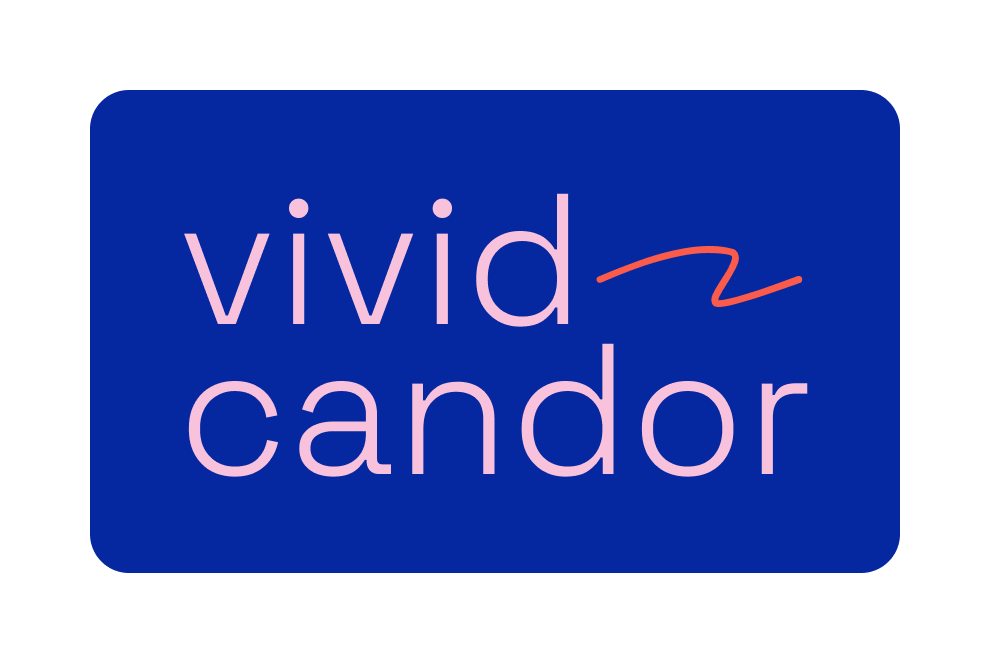Summary:
0:00 — Why You’re Resting Wrong (and It’s Not Your Fault)
2:15 — The Toxic Cycle of Hyper-Productivity and Burnout
5:00 — Are You Really Resting or Just Dissociating?
7:30 — Flow State Isn’t Rest: Your Brain on Focus Mode
10:00 — Self-Care Myths: Why “Me Time” Isn’t Always Restful
12:45 — What Real Rest Looks Like (and How to Find It)
15:30 — Shift Your Mindset: From Productivity to Real Well-being
18:00 — The Hidden Benefits of Rest: Clarity, Joy, and Energy
20:30 — How to Build a Rest Routine That Actually Works
22:00 — Final Takeaways: Rest as the Foundation of a Fulfilling Life
Video Transcript:
Hi, I’m Katy Ward. I have with me today an amazing person, actually the person that I’ve learned the most about health from by far of anyone I’ve ever seen or met, including all of my doctors. This is Dande Ward. He is a lifestyle medicine coach based in Atlanta, Georgia.
As we talk about these topics of fight or flight, rest and digest, toxic productivity culture, and how it’s possible to get a lot done and still stay in a peaceful state, there’s no one I can think of who’s taught me more about how my brain works on all of those topics than Dande.
Hi, Dande.
Dande: Hello!
Katy: Also, Dande’s my brother! If you know me at all, you’ve heard me talk about him a lot. Anything else you want to say about who you are?
Dande: I don’t know. That was a pretty fantastic introduction. I guess I’ll briefly introduce what lifestyle medicine is. I think it’s a term that people don’t really understand.
Katy: Yeah.
Dande: Lifestyle medicine is the parts of health and wellbeing that are not involved in diagnosis and prescription. So everything from hydration, nutrition, sleep, movement, mindfulness and mentality, self-care habits, community as medicine, play as medicine—those kinds of topics. I specialize in habit formation and helping people build their lives around different health habits that their doctors aren’t involved in.
Katy: Yeah, and it seems like the reason there’s such a need for that is that our medical culture is so, like, if you have any kind of problems, you should be able to just take a pill for it and then it goes away, versus understanding your body and building your life around feeling good, which seems logical, but to most, especially Americans, is really not logical, right?
Dande: Yeah, exactly.
Katy: So the people that I spend a lot of time around are people who want to build their own life in every area. They tend to be a little more ambitious, they tend to be creative; we have this inner inspiration and pressure to bring all of our gifts and ideas into the world. So, talking about the struggle to rest, where that comes from, and what it actually does to our nervous system.
Dande: Well, let’s start with how I define rest. There’s a difference between sleep and rest, or relaxation and rest. Rest is a state in which the body is functioning optimally. It is spending the energy it has and not energy beyond that.
Periods of rest are really necessary for our function because all the other periods are either us recharging or us overspending our resources. Rest is a neutral state in which you can be productive, working, living—all that rest means is that your energy in and energy out are equal.
Katy: Yeah, that’s different. Most people think of rest as “I’m sleeping or I’m sitting, not doing very much.” Versus rest can be a constant state; even when you’re outputting a lot of effort, you can still be in a rest state. That’s different.
Dande: The other thing is, a lot of people equate dissociative states with rest states. There’s a lot of different types of dissociative states, and they are not restful to your brain. Your brain is shutting down in certain ways because it’s either overstimulated or doesn’t have the resources it needs. It’s not a rest or a recharge state; it’s a dissociative state, which is more aligned with fight-or-flight pathways or sympathetic pathways a lot of the time. Not always, but often.
Katy: So some examples of that are we immediately reach for our phones and start scrolling. Would dissociation also include video games or TV? Is it just escapism, or is it distinct from escapism?


